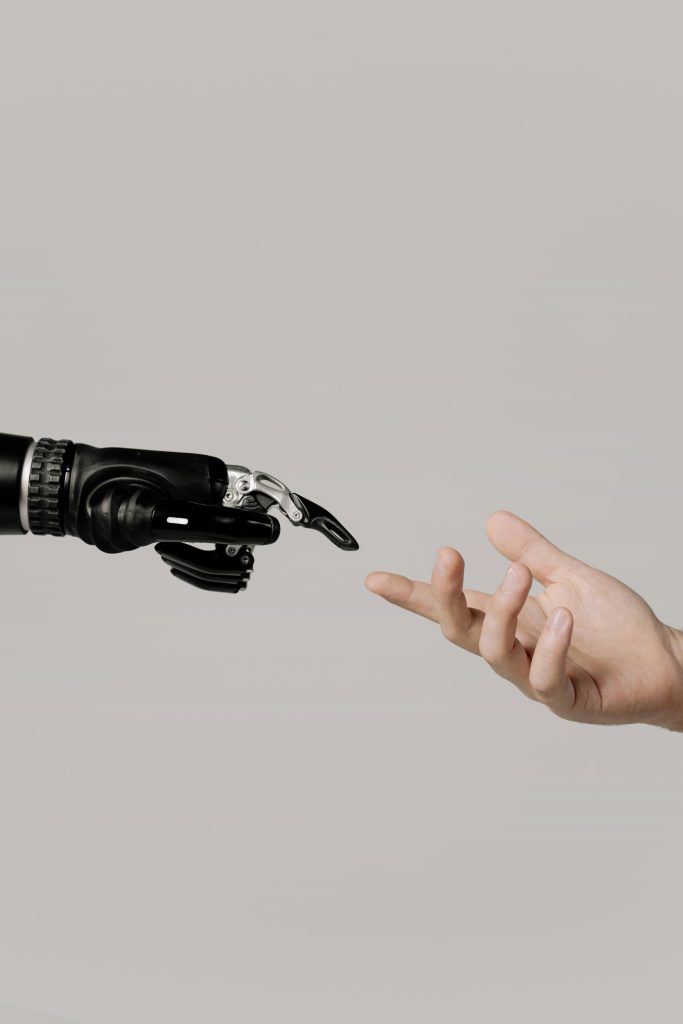As the CTO of Ori, a leader in conversational AI solutions, I’ve observed firsthand how enterprises struggle to translate AI enthusiasm into tangible business outcomes. While executives recognize AI’s transformative potential, the journey from concept to value creation requires strategic planning and execution.

Why Your Enterprise Needs a Structured AI Roadmap
For large organizations, implementing AI isn’t just about adopting new technologies—it’s about orchestrating complex organizational change. McKinsey, 2023.
A well-crafted AI roadmap serves as your blueprint for converting AI investments into measurable business impact at scale.
In our work with enterprise clients, we’ve identified seven critical workstreams that form the foundation of successful AI implementation:
1. Strategic Alignment
Begin with clear AI ambitions that support your broader business strategy. Define success metrics early and establish processes to continuously refine your approach as you learn.
2. Value Creation Architecture
Start with targeted use cases that demonstrate quick wins. As you mature, transition from one-off projects to an evolving portfolio of AI solutions that continuously adapt to customer needs and emerging technologies.
3. Organizational Structure
Determine whether to build capabilities internally or leverage external expertise. Many of our clients begin with an AI community of practice before evolving toward a dedicated operating model designed to scale AI across the enterprise.
4. Workforce Transformation
AI represents significant change for your teams. Develop a talent strategy that identifies skill gaps, implements upskilling programs, and potentially redesigns roles to maximize human-AI collaboration.
5. Governance Framework
Establish principles and processes to manage AI risks from day one. As your implementation matures, formalize decision rights and expand AI literacy throughout your organization.
6. Technical Foundation
Define your build-versus-buy criteria and create environments for experimentation. Over time, implement ModelOps practices and develop platform capabilities that enable scale.
7. Data Readiness
Assess your data capabilities against your priority use cases. Implement targeted improvements for initial projects while developing a longer-term strategy for evolving your enterprise data architecture.

AI x Humans
The Path Forward
At Ori, we’ve learned there’s no universal AI implementation timeline. Your roadmap must be tailored to your specific business objectives and current AI maturity. The key is selecting and sequencing activities that align with your strategic goals—focusing on dependencies and building momentum through measured success.
As you embark on your AI journey, remember that the goal isn’t implementing technology for its own sake, but delivering tangible business outcomes that strengthen your competitive position. A thoughtful roadmap makes the difference between isolated experiments and transformational change.
What’s your organization’s biggest challenge in implementing AI at scale? I’d welcome your thoughts in the comments below.
Ready to turn AI ambitions into real business impact? Let’s map out your AI future—book a demo with Ori today!
Leave a Reply